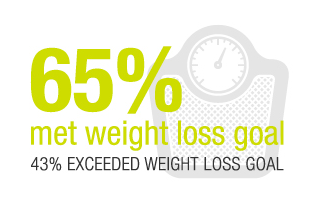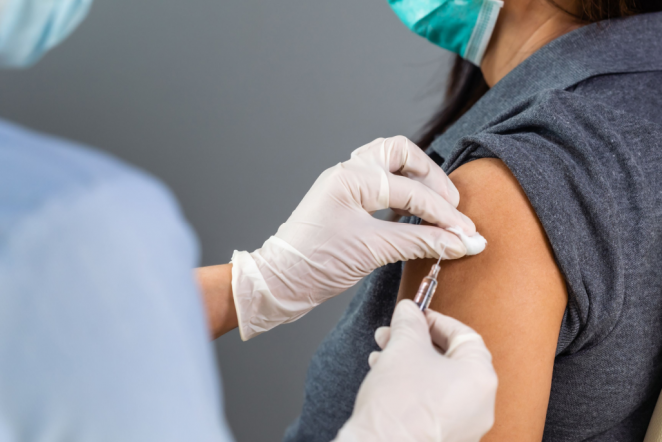By: Kandi Jezak, RN, BS, CCM
These startling statistics come from the Michigan Department of Health and Human Services (MDHHS). As obesity continues to skyrocket throughout the nation, increasing awareness of type 2 diabetes has been a growing topic of discussion. Many people may fail to realize diabetes increases the risk for heart attacks and strokes and is the primary cause of new cases of adult blindness, kidney failure and lower-limb amputation, according to the MDHHS.
The statistics are scary. But based on the numbers, the likelihood that you or someone you love may be at risk is pretty high. Getting the disease is not inevitable. There are steps you can take to prevent or delay getting type 2 diabetes by adopting and maintaining healthy lifestyle changes.
The first step is understanding exactly what type 2 diabetes is, and knowing the risk factors.
According to the American Diabetes Association, type 1 diabetes is usually diagnosed in children and young adults, and was previously known as juvenile diabetes. Only 5 percent of people with diabetes have this form of the disease. Type 2 diabetes is the most common form of diabetes and is preventable in many cases. In Michigan, there are 2.6 million adults with prediabetes, but more than 90 percent don’t know they have it, according to the Center for Disease Control (CDC).
Prediabetes, or borderline diabetes, is when blood sugar levels are higher than normal, but not yet high enough to be considered a diabetes diagnosis.
You may have prediabetes and be at risk for type 2 diabetes if you:
- Are overweight
- Are 45 years of age or older
- Have a family history of type 2 diabetes
- Have high blood pressure
- Are physically active fewer than three times per week
- Ever had diabetes while pregnant (gestational diabetes) or gave birth to a baby that weighed more than 9 pounds
If you think you are at risk, you should talk to your health care provider and be tested for prediabetes. Your doctor can give you one of three simple blood tests to confirm if you have prediabetes.
 If you are a prediabetic, a great next step is to take advantage of available resources and enroll in a Diabetes Prevention Program (DPP). These programs reduce your risk of developing type 2 diabetes by 58 percent, according to the CDC.
If you are a prediabetic, a great next step is to take advantage of available resources and enroll in a Diabetes Prevention Program (DPP). These programs reduce your risk of developing type 2 diabetes by 58 percent, according to the CDC.
When you participate in a DPP, you work with a trained lifestyle coach in a group setting to get the support you need. You will learn to eat healthy, add physical activity to your daily routine, manage stress, stay motivated and solve problems that may get in the way when trying to make lasting lifestyle changes.
It’s simple: participants are given the information and support they need to make healthy lifestyle changes, such as improving your food choices, increasing physical activity and losing a modest amount of weight. Some programs meet one hour per week while others may meet monthly.
There are a number of Diabetes Prevention Programs available around the state. Here are some great options:
- National Kidney Foundation of Michigan
- Michigan State University Extension
- Spectrum Health Reed City Hospital
- District Health Department #10
- The YMCA of Greater Grand Rapids
- Center for Good Health
- Metro Health
- Munson Health Care
- Med Now
 Your health insurance company may have additional resources to help you stay your healthiest. Priority Health, for example, partners with many of these organizations to provide Diabetes Prevention Programs to its members at little to no cost.
Your health insurance company may have additional resources to help you stay your healthiest. Priority Health, for example, partners with many of these organizations to provide Diabetes Prevention Programs to its members at little to no cost.
And, they work! More than 65 percent of the participants in the Priority Health Diabetes Prevention Program lost 5 to 7 percent of their body weight during the program and 72 percent were able to maintain their weekly activity goal of 150 minutes of exercise.
If you are at risk, or have been diagnosed with prediabetes, take charge of your health today by signing up for a Diabetes Prevention Program near you.
About the Author: Kandi Jezak, RN, BS, CCM Senior Clinical Program Manager – Kandi provides oversight and serves as the clinical resource across the Health Plan to both internal and external stakeholders leading the development and implementation for prevention, self-management, and surgical optimization programs. She has been recognized for her work with the Diabetes Prevention Program and is on the State of Michigan planning committee for diabetes prevention.


